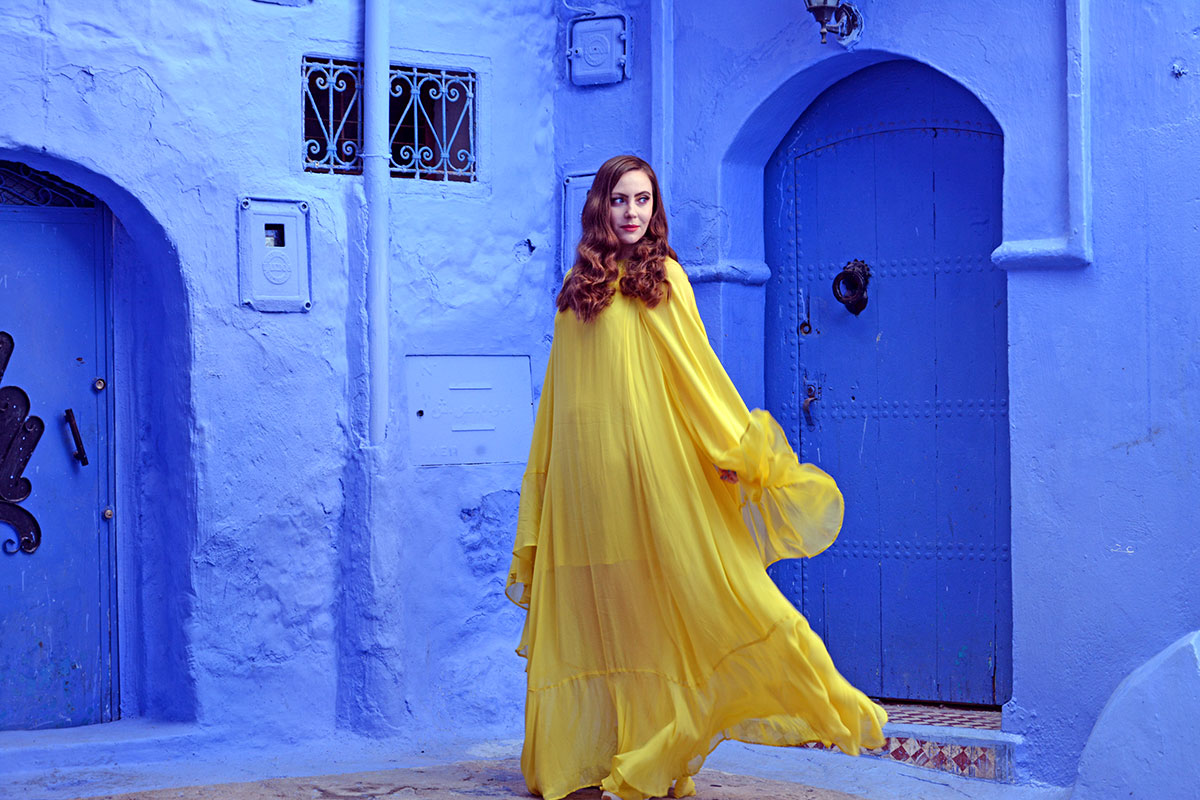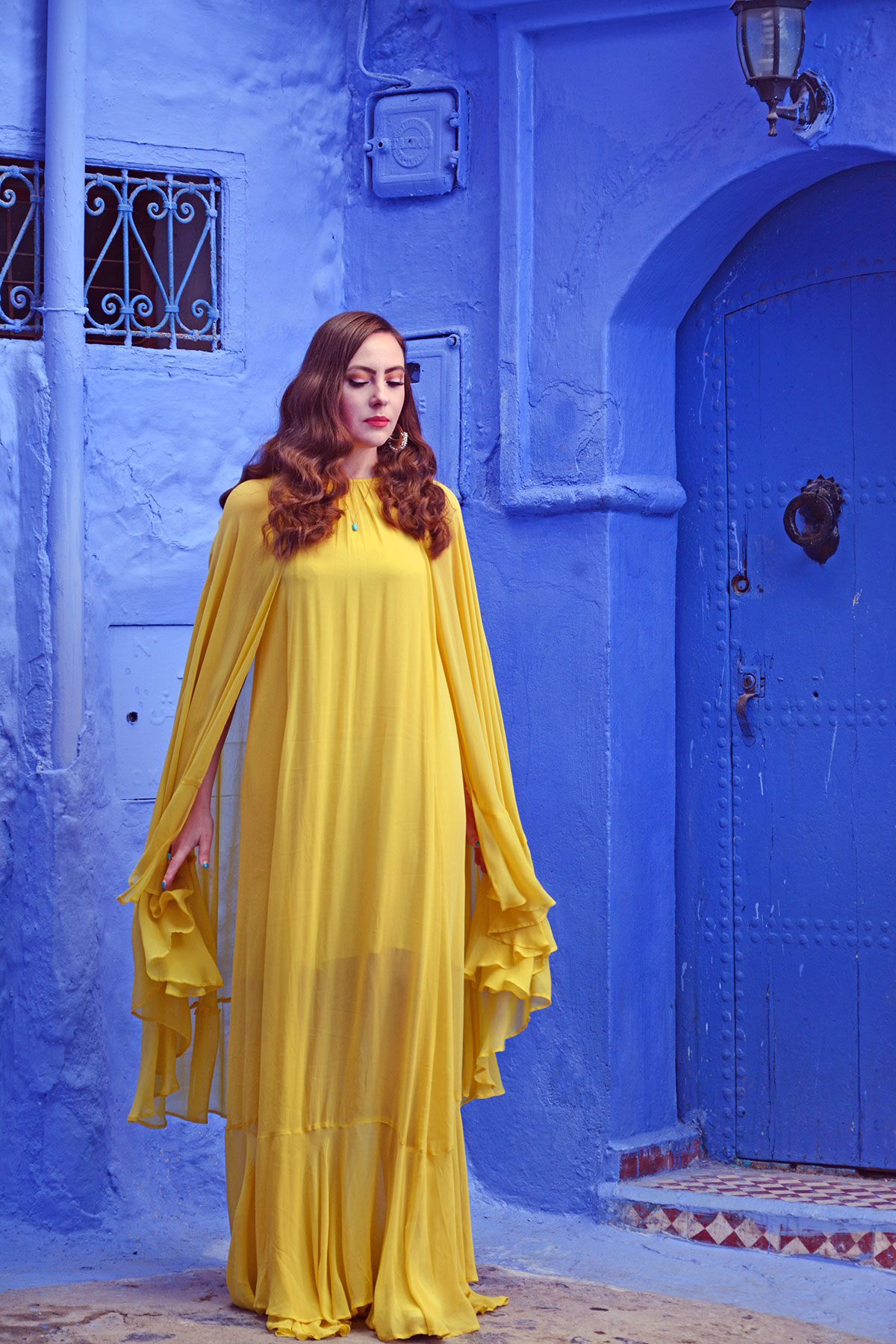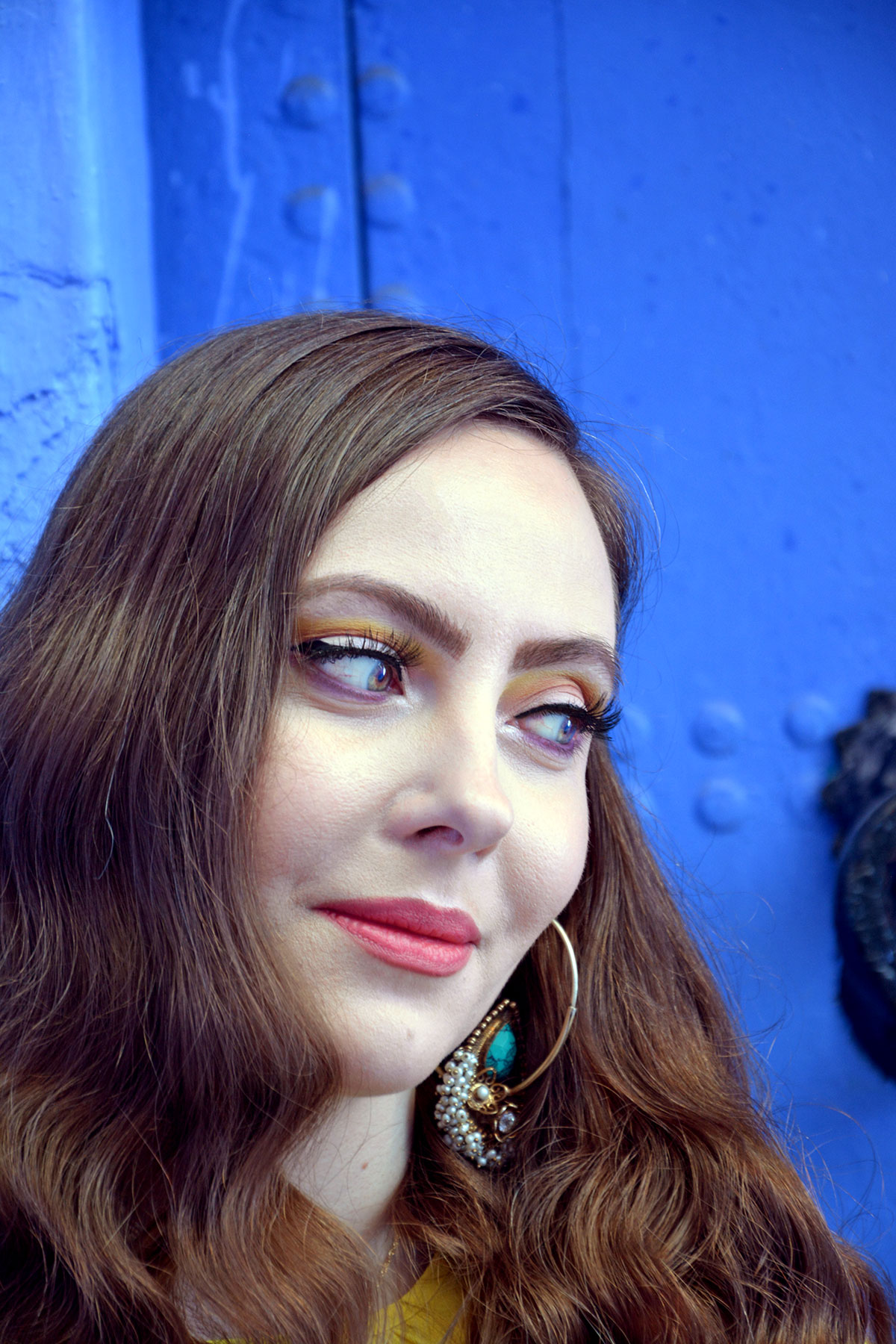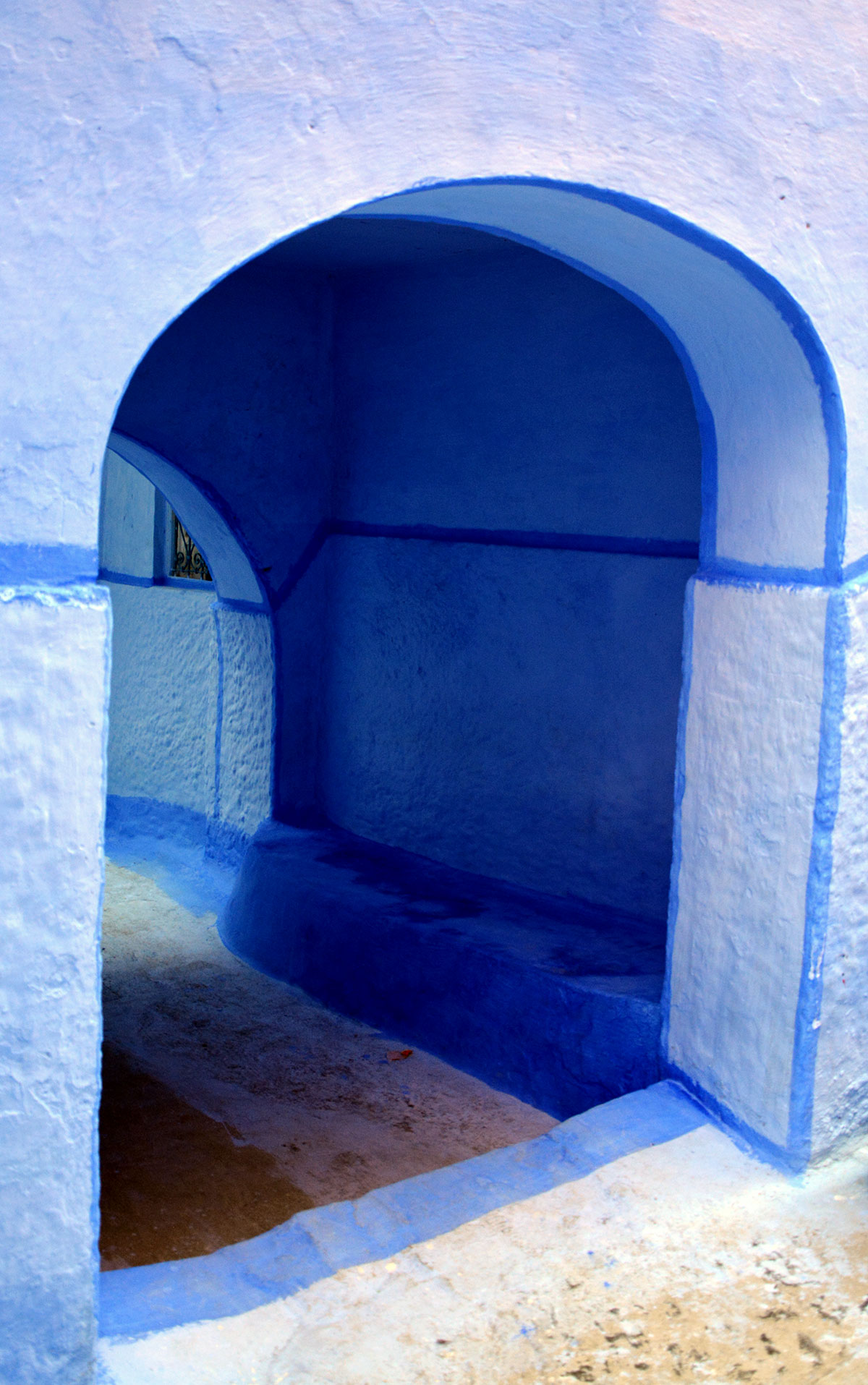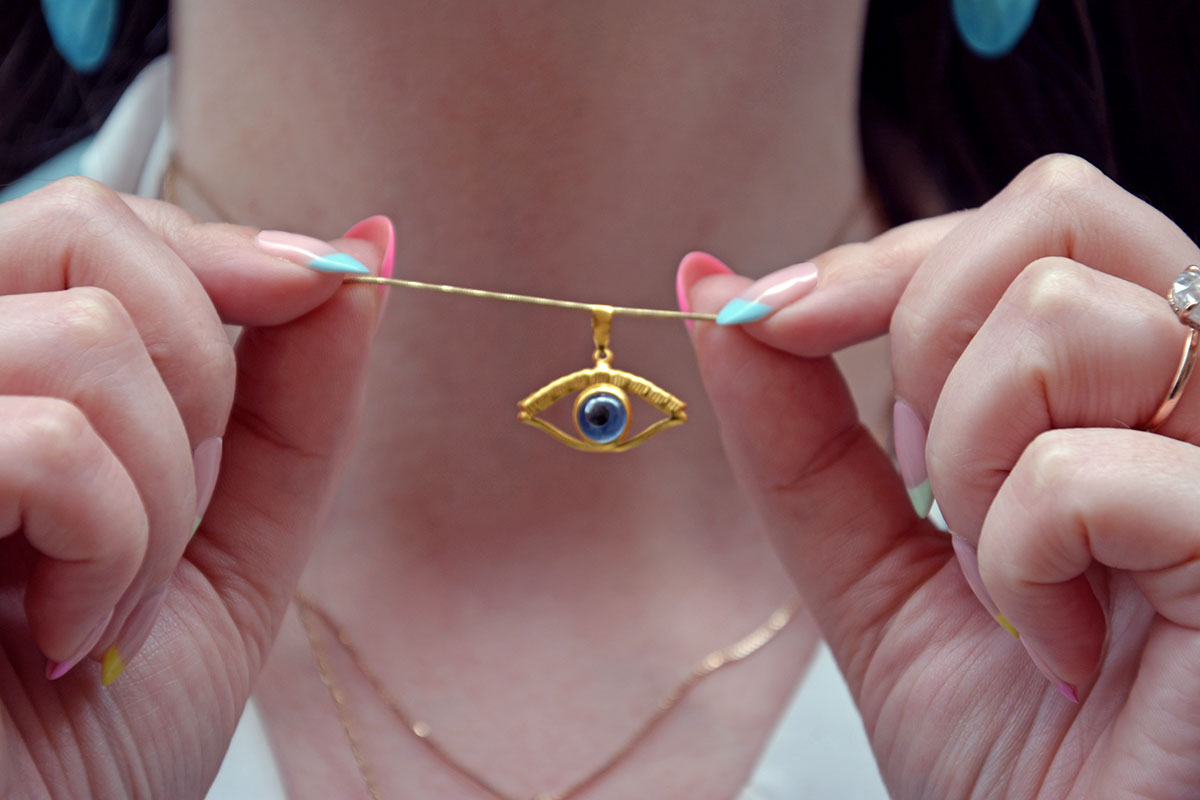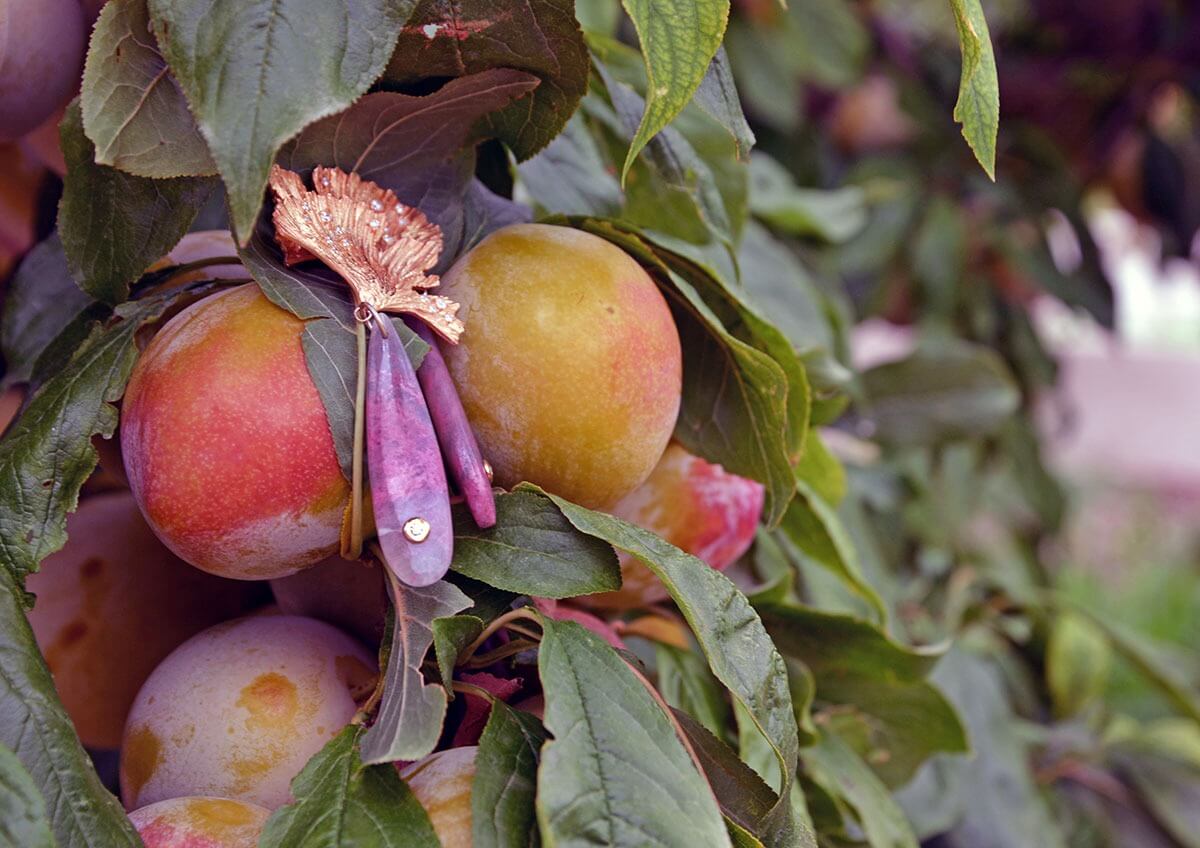
If cold December gave you birth,
Encyclopedia of Superstitions, Folklore and the Occult Sciences of the World Vol 1 (Chicago 1903) p.13
The month of snow and ice and mirth,
Place on your hand the Turquoise blue,
Success will bless you if you do.
Imagine painting a whole city blue. If you have been to Chefchaouen in Morocco, your imagination can rest, as the entire old Medina is painted in shades of blue and turquoise, creating a unique atmosphere. It’s no surprise why our ancestors felt that the colour blue carried protective qualities. Cocooned by the skies and waters, blue brought them a feeling of safety. They sought blue amulets, so that they could carry that feeling with them. This is why turquoise has become a stone of lore and legends. Let’s deep dive into five tales about turquoise and its mystical qualities that have made it the main character.
1. Horsing around with turquoise
As horsemen from Persia and the Arab world passed along the trade routes to Europe in early medieval times, the utilisation of turquoise as a protection amulet has been noticed and noted, although the practice has been around for centuries. The riders decorated bridles with turquoise, making the blue stone known as the “horse amulet”. Fast forward to today, and in the Middle East camels, mules and horses are still carrying turquoise in their gear to obstruct the effects of the evil eye as well as protect the animals from exertion and overheating. I guess ensuring that they are in the shade, and are kept well hydrated probably really helps to fuel the amulet’s power.
2. 99 problems, but a stitch ain’t one
Wouldn’t it be cool if you had a doppelgänger who could tick some annoying tasks off your list? I know, I’d like one too. I need to do the washing up after writing this article. While turquoise won’t do my dishes or count your taxes, what it can do is take on some punches for you. Allegedly.
This story is about a man who suffered an injury, and was convinced he broke a bone. He then discovered that it was a turquoise stone that cracked, and took on his injury, so that he wouldn’t suffer. That same man, who happened to be XVII century court physician, Anselmus de Boot, then proceeded to carry a heavy load only to break his rib. But then he realised that his rib was miraculously intact, while his turquoise signet broke in half. Some of de Boot’s contemporaries amped up the drama levels saying that if one was to wear turquoise with gold and fall from any height, they’d be totally fine as the turquoise would soak up the impact and crack, leaving the person alive and well. Luckily, no one ventured to verify this claim. Needless to say, you shouldn’t either.
3. From evil eye protector to eye amulet
But there was much more than protecting that turquoise had to do in the Middle Ages. According to Muhammed Ibn Mansur, a XII century Arabic writer, looking at turquoise would help you see better: “The eye is strengthened by looking at turquoise”, he wrote.
Seeing is great, but let’s step it up to foreseeing. Ahmed Teifascite, another writer from the XII century suggested you could use the stone to predict the weather by stating: “… Turquoise possesses the quality of becoming clarified or bright in the time of serene and clear weather, and vice versa, becomes dull and obscure when the weather is dark and cloudy”.
We now know that natural turquoise changes colour over time because it is a porous stone. For example, exposure to sunshine and certain elements makes it go green, or if it is soap it’s been washed in – the colour might lighten. There may be some truth to the mysticism though, as there can be a slight change in colour if there is heightened moisture in the atmosphere for a long period of time. Luckily, in our modern times, we can simply check the weather app. This is handy because most turquoise we acquire today is in some way tampered with, for example covered with a protective layer to prevent it from changing colour. Find out more facts about the modern turquoise market here.
4. Bury me with turquoise
Moving away from Eurasia to the Americas, turquoise firmly remains the main character. To the Aztecs, turquoise was of utmost importance and of highest value. Chalchihuitl, or turquoise, was used to embellish sacred religious objects, and also as offerings at the temple of the goddess Matlalcueye. But other gods fancied turquoise too. This is why the Aztecs buried the dead with a turquoise bead in their mouths, so that they had a present to give to the gods once they reached heaven.
Meanwhile, the Pueblo Indians in the Chaco Canyon in northwestern New Mexico, also used turquoise in their burial ceremonies. Reports showed that a single skeleton was found surrounded by nine thousand turquoise beads and necklaces. Nine thousand. Based on all stories we’ve covered today, that’s a lot of weather forecasting, potentially X-ray vision, gifts for more gods than we know of, and tons of protection. In fact, how is he even dead with all this turquoise protection going for him?
5. Bye Cupid, hi turquoise
There is no life for the Hopi people without turquoise. Used in all of their ceremonies, the one that caught my eye was the love spell. So here’s what’s needed to make someone fall in love with you, with the help of a Hopi shaman. The turquoise stone must be held in front of the shaman as a chant is repeated with both yours and your loved one’s names. This incantation will bring your chosen one knocking on your door. I’ve never thought about it – but is this the reason my partner bought me so many turquoise pieces early in our relationship? I’m pretty sure I went knocking on his door at some point. I wish I was lying but this is a true story.
Bonus: How the world was created according to the Navajo
I know I said we’d be looking into five tales about turquoise or its powers, but because there is such an abundance of lore, it’s hard to pick just five. At the same time, I simply cannot skip the origin legend by the Navajo, which is truly beautiful. I appreciate it not only because of the turquoise, but also because the woman isn’t lesser than a man in this story, and isn’t made of anyone’s rib.
Once the world was created, the first woman and man needed to light it up. They chose a clear gemstone to become the sun, and to frame it, they used turquoise. As soon as the world was lit, the man and the woman spotted that it was completely covered in water. To create dry land, they started digging with spades made with turquoise and coral, creating what our world is today: land and sea.
While I did a lot of research online to find out about more about these legends, all of them are covered in Bruce G. Knuth’s Gems in Myth, Legend and Lore, which I highly recommend. This book is thoroughly researched, and merges history, astrology, gemology – all the good stuff with a sprinkling of mysticism. I keep reaching for it when I write deep dives about gems for this blog just to see if what I found is covered in this book, and it always is. To prolong a book’s life, you can get it used, I did.


